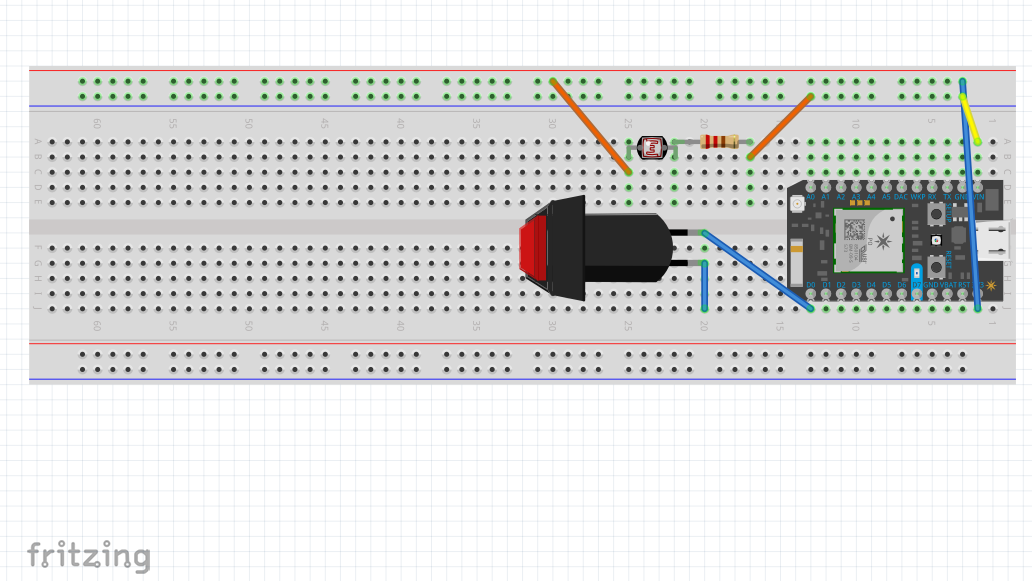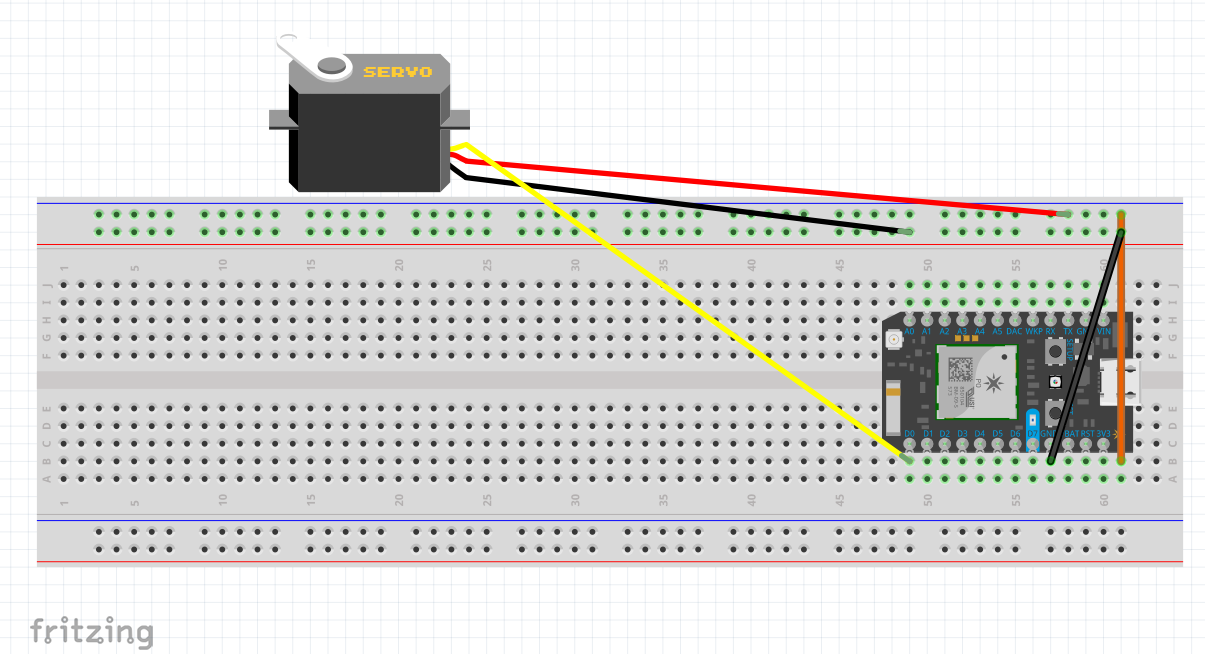Problem Statement
My roommate and I are always shocked by how much the electricity costs every month. A big consumer of electricity at our home is the lights that we always forget to turn off before leaving home in the morning. The solution could also be beneficial for cat Luna in my house if the light turns on before we arrive home so that she won’t stay in the dark by herself. It would also be great if the setting can be turned on/off through our cell phones so that no extra electricity would be wasted. Thus, a product of reminder that can notify my roommate and I and/or control the lights by sensing sunlight would save and prevent electricity intemperance.

